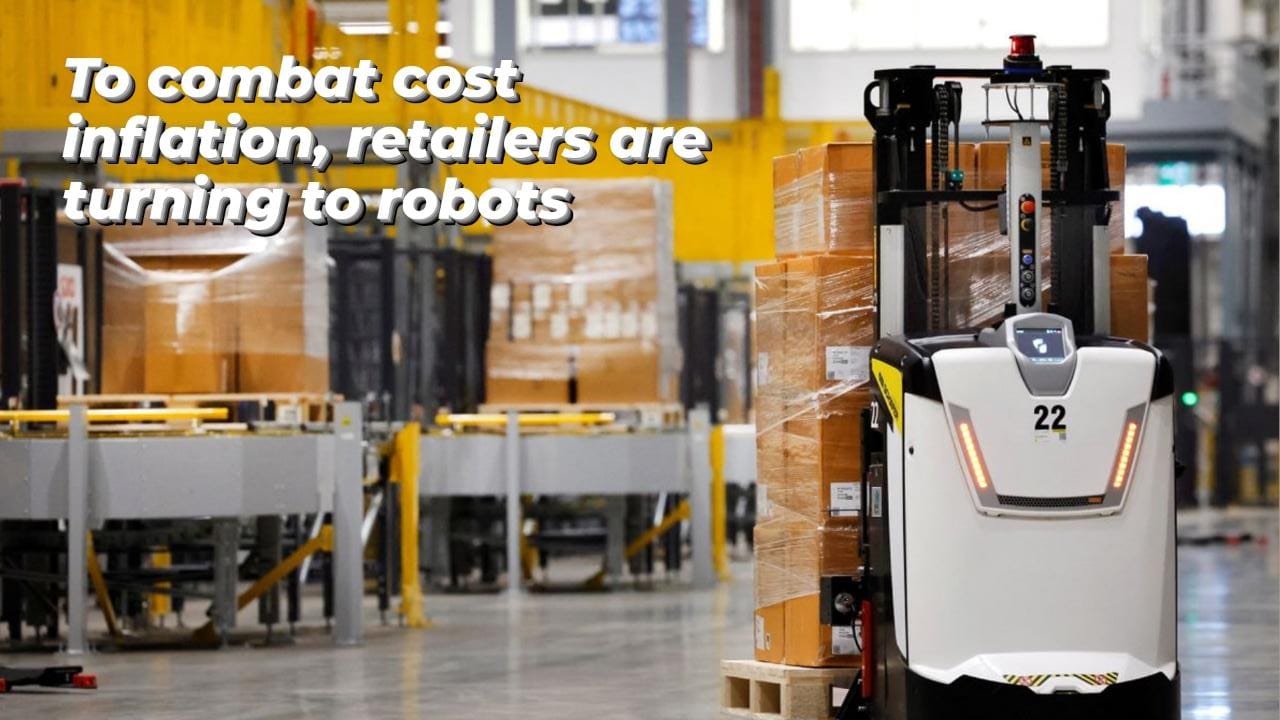
Automated cranes and driverless trucks silently stack clothing for Primark’s French and Italian stores at a sizable warehouse in the southern Dutch city of Roosendaal, eliminating the need for labour that is difficult to come by.
The new warehouse, which is larger than 15 football fields, can store goods more densely because it eliminates the need for additional sites and workers, which eventually lowers costs.
Retail has been slower than industries like the car and electronics to adopt automation, but it has been accelerating recently, with the use of robots and artificial intelligence (AI) in supply chains joining the usage of simple self-checkout tills in stores.
Today’s competitive labour markets, rising wages, and pressure from consumers to spend more money are driving the business forward.
The International Federation of Robotics reports that the retail industry was a significant driver of both the global installations of industrial robots, which increased 31% year over year in 2021, and the global sales of service robots, which increased 37%.
In addition to cost savings from not having to lease another warehouse, Mark Shirley, head of logistics at the Irish-founded retailer Primark, predicted that the 26 million euro ($26 million) investment in the automation of the Roosendaal site would yield a benefit of 8 million euro per year by year four.
He calculates that switching from manual forklifts to automated cranes has enhanced the site’s efficiency by 80%.
Additionally, and perhaps most importantly, the company will no longer have to compete in the fiercely competitive Dutch labour market, a problem experienced in many advanced economies.

Post Your Comments